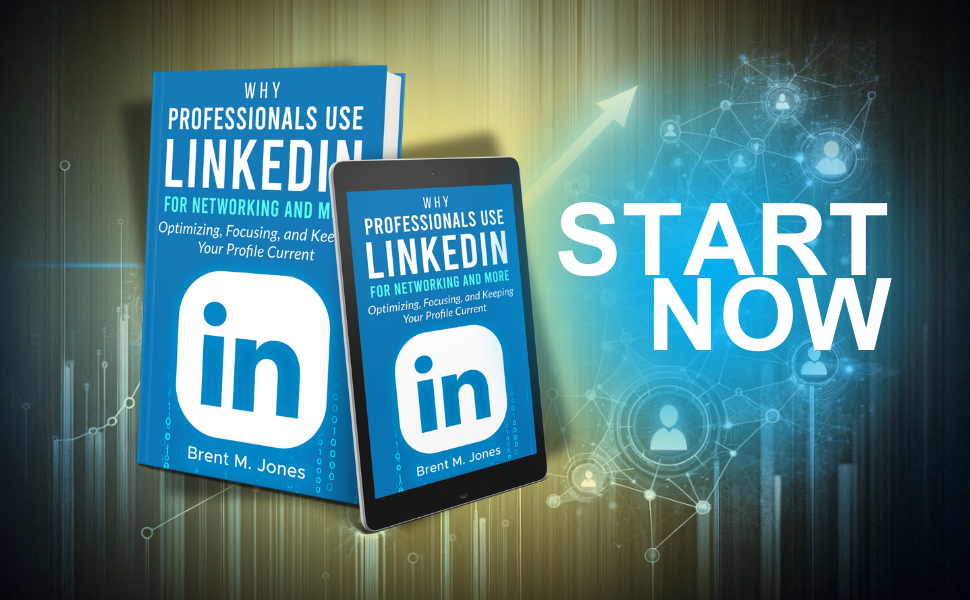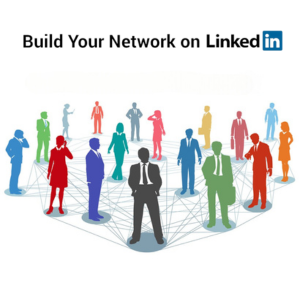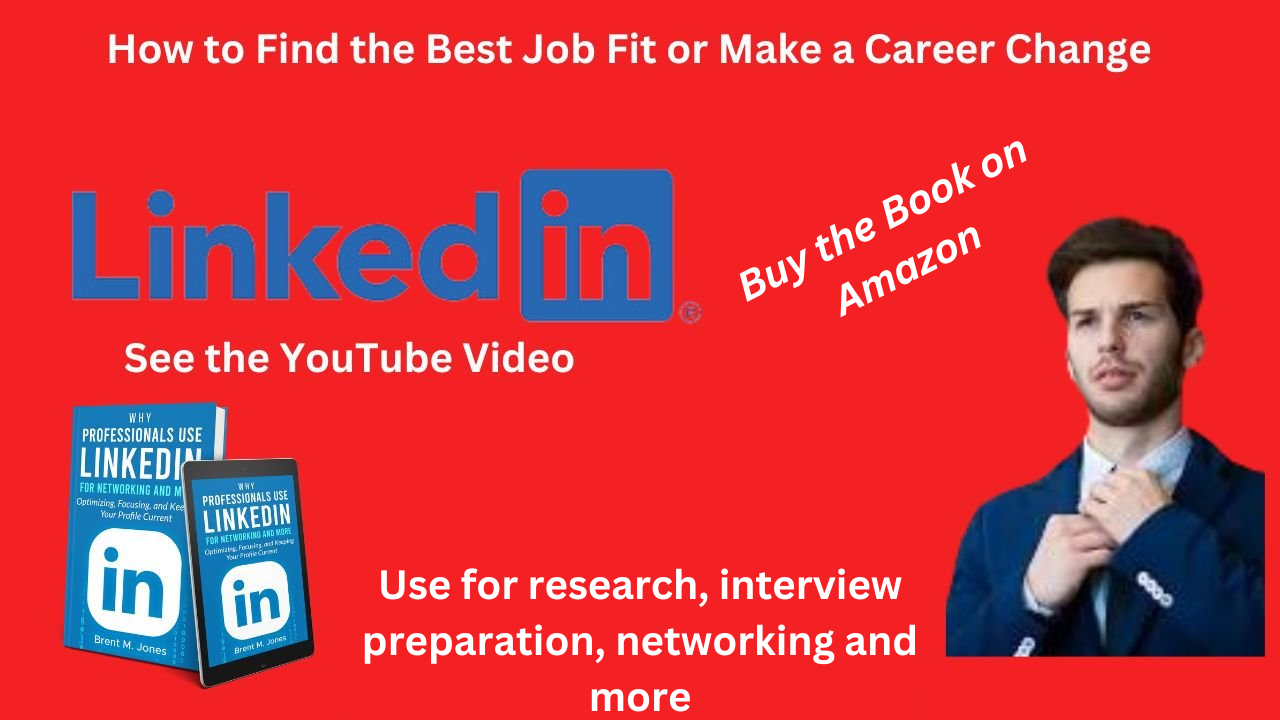LinkedIn has over a billion connections, but not all of them are equally beneficial. It's crucial to be discerning when accepting connection requests. Daily requests, often prompted by LinkedIn's algorithms, can lead to a haphazard network. Instead, I would like you to focus on connecting with those who can add value to your professional journey.
When building your network, prioritize connections with people who know and have worked with you. This includes previous co-workers, supervisors, suppliers, and vendors who have interacted with the company you worked for, as well as the top management and owners of these companies. Also, consider connecting with the customers and competitors of your previous employers. These connections can provide valuable endorsements and recommendations, enhancing your professional profile. For instance, a positive review from a customer can showcase your customer service skills, while a connection with a competitor can provide insights into industry trends and best practices.
If you're considering a career change, including everyone you've discussed with within your network, especially those you've had informational interviews with, is crucial. These interviews are not just about gathering information, they can lead to valuable connections to help you navigate your career transition. Remember to include your more personal contacts and friends as well.
Employment often opens opportunities to attend trade shows and conventions; if that is the case, you likely gather business cards. Most of those business cards could be contacts to whom you send a connection request mentioning your recent meeting. When sending these requests, it's important to personalize them and remind the recipient of your interaction at the event. This will increase the likelihood of them accepting your request and help you maintain a professional relationship.
By approaching your profile connections this way, you will create a powerful tool that will serve you well into the future. It's essential to keep it current by adding new connections as they come to you. This step will give you a genuine network of value and show your commitment to nurturing your professional relationships.























